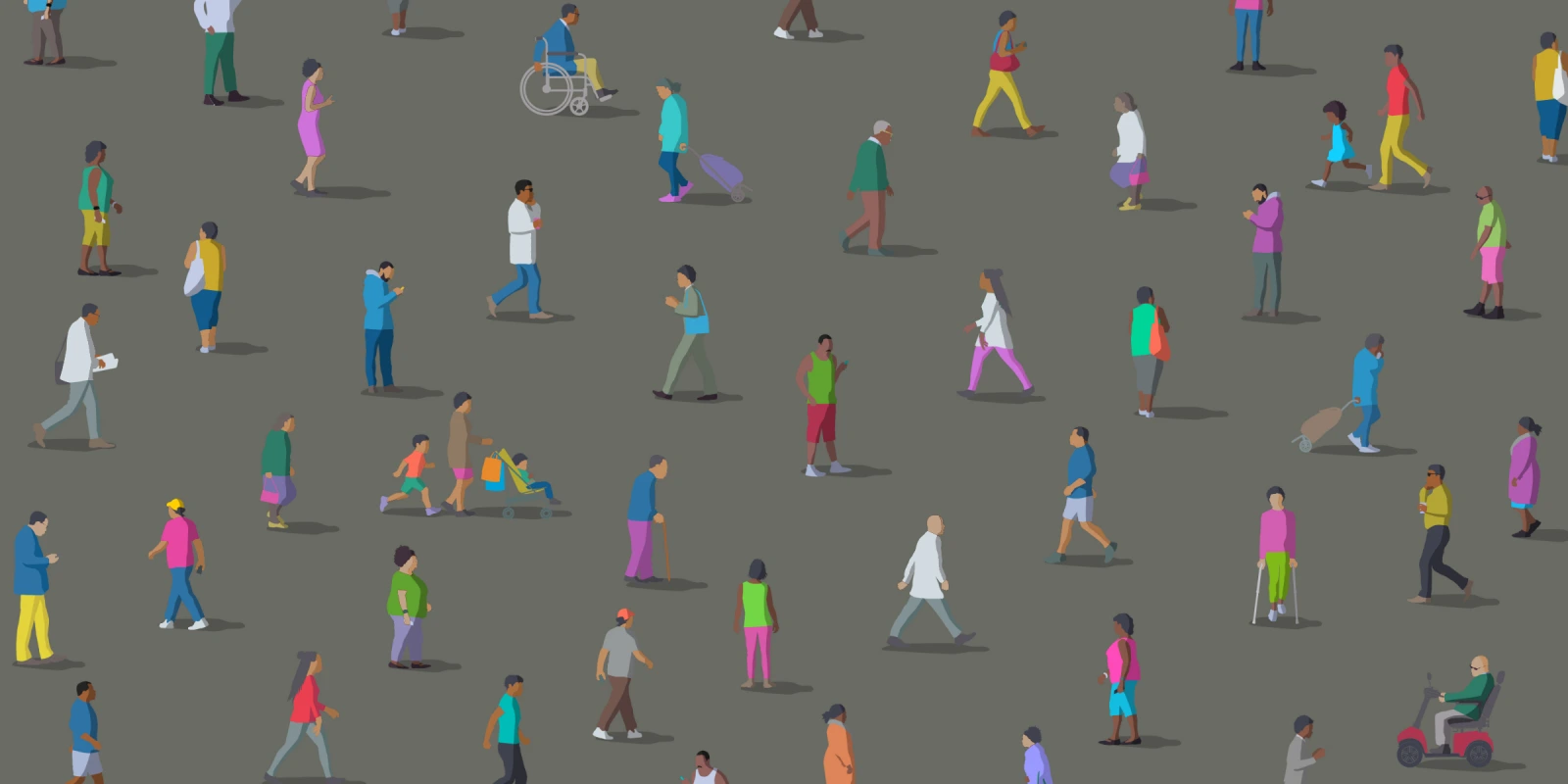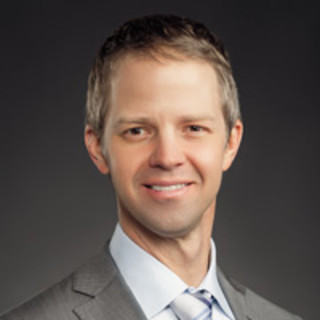Whether we like it or not, physicians are merging into the middle class.
I don’t mean that in a strictly financial sense. While the trend for physician income is depressingly down, the middle class (based on the Pew Research Center definition) makes two-thirds to double the U.S. median household income or roughly $50,000–$150,000 a year. Most physicians are doing better than that.
I’m talking about the sense that the professional class, doctors and lawyers, is distinct from the rest of the middle class.
As a lower-middle-class elementary school kid of the 1980s who grew up spending after-school hours in the back of the academic medical office where my mother worked, I had an early sense that doctors were something apart. There was a clear hierarchy, and it went like this: no coat, short coat, long coat.
At that age, I did not have a sense of class or money, but I got the message that doctors had freedom and authority, and education provided that. As if to reinforce the point, my mom went back to school, went from RN to BSN, to a master’s degree, and became a CRNA. In her doing so, our life got noticeably better.
Lesson #1 in the textbook of life: Hard work plus education equals success. Easy.
Through the intervening years, my mom saved for my college education. I graduated from high school in 2000, just in time to see all those hard-earned savings evaporate when the dot com bubble burst, just when I needed them to go to school.
Lesson #2: The financial world, where numbers could suddenly go to zero through no action of my own, was not a system to be trusted. It was just not something I understood. Better to default back to lesson 1. So, we just worked harder.
At the end of medical school, I had gone straight through, did well, and was set to graduate early enough to have almost two months between Match Day and graduation day. I took the last of my financial aid, and the money I had saved tutoring and teaching on the side, and booked a round-the-world ticket with a friend who was also graduating. But unlike me, traveling on borrowed money with interest, he would be traveling on the money from his signing bonus from the large investment bank in Manhattan where he would be working soon.
Lesson #3: At that moment, before I even had a medical license, my financial life was diverging from those friends moving into that mysterious financial world. They did not pay interest; they could travel on other people’s money.
Nonetheless, it was the trip of a lifetime and something I do not regret, though I was not naïve about the real price tag, then or now. When I arrived in residency, amid the flurry of orientation information, I received an enthusiastic email from a senior resident encouraging me to buy a house on a low-interest doctor loan. “Houses just keep going up in value,” and I could sell them back for huge profits a few years later. The email was from the summer of 2008. The housing market would collapse by October. I saved this email, and I go back to it from time to time.
Lesson #4: Real estate is just another investment. Not better, not safer. The financial world changes fast. What worked five years ago has little to do with what’s happening now.
I spent much of the next five years across an operating table from attending surgeons. I recall them complaining about declining reimbursements. This was incomprehensible to me. Surely, they knew they were making five to 10 times my income.
Lesson #5: Wealth, status, and happiness are relative. If you don’t set your standards, you can always compare yourself to someone who is nothing like you.
I realize now that they were not upset about the income per se, but the disparity between their expectations and reality. That is, between the declining reimbursements in light of the experience they had gained, the quality of work they delivered, and the constant sense that they should be entitled to something better.
Lesson #6: Happiness is the ratio of outcomes over expectations.
None of this is particularly unique or common. It may be the most boring story ever told. While the details differ, everyone experiences moments where they realize the world is not what it seemed. That is the nature of learning and the basis of education.
On a larger scale, this is the story of most Americans since World War II. After the war, fearing an economic slump that would slide us back into the Great Depression, the U.S. converted wartime jobs into peacetime jobs and wages rose, but also, the disparity between people flattened. Interest rates were intentionally low to finance the wartime debt and to encourage spending on the goods provided by the increase in production.
In other words, consumption was encouraged, confidence in America was high, and limited consumer choices (there were three TV channels, a couple of types of toothpaste, etc.) made everyone feel that they could own a house, a car, and a dog if they just followed lesson #1: Get an education and work hard and you could have the good stuff.
But things changed (lesson #4), and they changed more favorably for a certain sector of society (lesson #3). Between 1950 and 1980 a wage disparity emerged and some parts of society that had more equity began to gain a disproportionate share of wealth.
You could still have the good stuff, but you would have to finance it and work harder in the long run — lesson #2. When working harder turned into working more and more for less and less, keeping up with the Joneses feels futile (lesson #5) and breeds unhappiness (lesson #6). This deep sense that the economy is no longer working for the middle class has taken many forms from the Occupy Wall Street movement to MAGA, depending on different political ilks. Still, in the end, they are forms of the same discontent.
And doctors are not immune. Our specific strain of this virus is called physician burnout. Our version of the happiness ratio story is marked by decreasing outcomes (loss of prestige and declining financial reimbursements) and increasing expectations (COVID-19 pandemic and corporate medicine). And in this way, we are in the same boat as the rest of the middle class. Furthermore, there is increasing disparity among physician groups and a fracturing of the fabric of the profession as exemplified by the devaluation of primary care and the emergence of other health care professionals like PAs and NPs.
In the past, some doctors could offset these costs with ownership in private practice, real estate, and ancillaries, but these investments come with debt attached and risk just like in lessons #2 and #4. Avoiding this risk leads to employment models and a new generation of physicians working for large hospital groups who can shield individuals from financial risk at the price of autonomy.
How we feel about these events ultimately does not matter. As a group, we have overextended ourselves while maintaining the idea that we are still part of the privileged class when we are not.
While some of us fight to reverse declining reimbursements through collective lobbying or threatening to unionize, working on the outcomes numerator, a few have advocated individually working on the denominator of expectations by resigning to thriftier living as in the Financial Independence, Retire Early movement or physicians leaving clinical practice altogether as I wrote about in my previous editorial. Like the contrasting political movements above, they are two sides of the same coin.
At the end of the day, a large portion of our unhappiness as physicians stems from the disparity between our expectations and our reality. We expect that because of our investment in our education and our status as professionals, we are entitled to the lifestyle being broadcasted to us by the internet and social media. That illusion is not a realistic portrait of anyone but a small minority of the ultrawealthy who are not us.
Perhaps we would be wise to acknowledge this. It sounds trite, but the personal statements we write and the oaths we take as physicians say little about our desire to advance our place within society and more about our desire to advance society as a whole. While the coming years will bring more changes to our profession over which we have little control, what remains unchanged is the unique position we hold to treat people who are sick or hurting. People who look and feel just like us.
Where do you think you physicians stand as a profession? Share in the comments.
Brian Gilmer is an orthopaedic sports medicine surgeon in Mammoth Lakes, CA, and Reno, NV. When not commuting and listening to audiobooks, he often sits in silence and thinks about improving himself. He has achieved no degree of mastery in anything in particular, but he tries. He was a 2022–2023 and 2023–2024 Doximity Op-Med Fellow.
Image by smartboy10 / Shutterstock







